Through exclusion, the environmental field has taught about environmental issues in a lopsided and limited way. Racist practices, embedded deep within our institutions, have severely limited the extent of our knowledge and knowing about the world.
This article is a statement of gratitude for experiences that have moved me toward antiracist environmental education. The last 20 years of my life have been a story of reckoning and awakening to pervasive racism and its effect on the environmental field. I was never taught the history of enslavement, or the racist legacy embedded in U.S. systems and institutions. I am beginning to understand its impact on environmental education.
Over the decades of my professional life, I have watched mostly white men and women enroll and graduate from the Antioch University Environmental Studies graduate programs. It is no wonder that most environmental organizations are predominately White, as that is what our educational system has cultivated. Through exclusion, the environmental field has taught about environmental issues in a lopsided and limited way. Racist practices, embedded deep within our institutions, have severely limited the extent of our knowledge and knowing about the world.
We must look at how this country was founded on the attempted genocide of Native people and the enslavement of African people. This legacy was institutionalized in all aspects of our society and continues to create racialized impacts born from structural policies, practices, and procedures, often unintentionally. In fact, race is consistently a primary indicator of a person’s success and wellness in society. — https://www.seattle.gov/documents/Departments/RSJI/why-lead-with-race.pdf
I am a White environmental educator whose life radically changed as a result of her BIPOC (Black Indigenous People of Color) students and colleagues. I hope to inspire others to take the risks, develop the relationships, and meet the necessary challenges to disband racism head-on. Social and environmental justice depend upon it. Climate action and environmental integrity depend on it. It is critical that each of us find the courage to lift the veil and closely investigate our values, our assumptions, and the underlying historical foundations that seem to exclude the BIPOC experience. The impact of racism on environmental education, conservation, and urban planning runs deep. For many of the graduate students, UEE classes are the first learning experience in a mostly BIPOC cohort and the first time learning with a BIPOC professor. The conversations that emerge are unique, essential, and rich with new perspectives.
In a recent NPR podcast, Dr. Ayana Johnson, a Black Woman Climate Scientist, captured the need to enlist, recruit, train, and engage BIPOC environmentalists and scientists:
Here’s the rub: If we want to successfully address climate change, we need people of color. Not just because pursuing diversity is a good thing to do, and not even because diversity leads to better decision-making and more effective strategies but, because black people are significantly more concerned about climate change than white people (57 percent vs. 49 percent), and Latinx people are even more concerned (70 percent). To put that in perspective, it means that more than 23 million black Americans already care deeply about the environment and could make a huge contribution to the massive amount of climate work that needs doing. Even at its most benign, racism is incredibly time-consuming. Black people don’t want to be protesting for our basic rights to live and breathe. We don’t want to constantly justify our existence. Racism, injustice, and police brutality are awful on their own, but are additionally pernicious because of the brainpower and creative hours they steal from us. Consider the discoveries not made, the books not written, the ecosystems not protected, the art not created, the gardens not tended. — Marine biologist Ayana Elizabeth Johnson: https://www.npr.org/2020/06/16/878941532/the-inseparable-link-between-climate-change-and-racial-justice
My interest in collecting the stories and curating the narratives of how BIPOC environmental educators navigate and challenge the existing environmental field was sparked 20 years ago. NPR’s ‘Living on Earth’ host, Steve Curwood, invited me to participate in the development of a new radio program. We gathered environmentally based stories from urban youth across the country. I was thrown into multiple urban centers, landing in high schools in order to train teachers and students to record their perceptions of place, to document the environmental state of their neighborhoods, and the ways they wanted to change things. I found myself walking the streets and visiting schools in Camden, NJ, in Crenshaw HS in Los Angeles, in South Boston, two schools in South Chicago, and one on the edge of Harlem in New York City.
Mostly Black and Brown high school students took me into their neighborhoods. We began to document the ways that discrimination, red-lining, inequitable policies, and actions left the environmental quality challenged, their water poisoned, air polluted, and unhealthy food choices. This is where the intersectionality of environmental issues and social justice became crystal clear. Some of the students felt helpless, yet there were a significant number of students in each place finding ways to heal and repair their neighborhoods. They wanted to gain the skills and find opportunities to increase their knowledge and pursue careers in the environmental field.
“Living on Earth” was a watershed experience.
First, I came to know that Urban had to be added to how we think about and prepare environmental educators.
Second, Communities of Color had to be invited into the conversation — we needed to learn how to listen without bias and without a “savior” mentality.
Third, Environment is where we all live…not just Nature, or the pristine preserved land outside of city boundaries.
Our work at this moment in time is to understand how racism has shaped our approaches to educate about the environment. Who have we left out? What could we learn from them? How do we become better at inclusion? The NPR stories from youth showed their deep interest and concern in their home environments. We heard from South Boston students who did research on how their increased rat population was tied to the wealthier communities getting new trash cans financed from city government…to Camden, NJ students who discovered lead in the water of school drinking fountains … to NYC Harbor School students actively rebuilding oyster beds in NY harbor. I knew that these students needed access to higher education and skills to follow their passion, find their voice, and make a change.
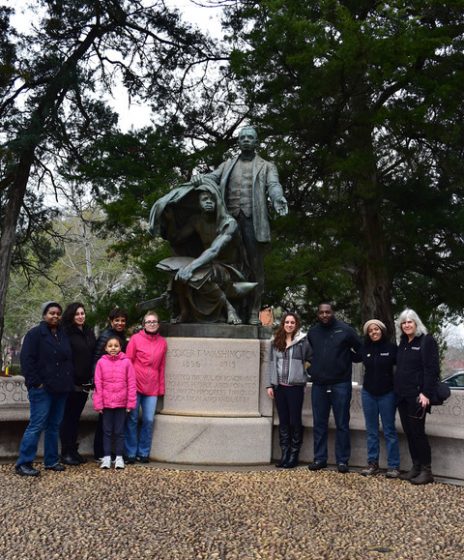
As a result, many years later I was given the opportunity to create a graduate program that works at the intersection of social justice and environmental issues. Traditional models had to be rethought and remodeled so that BIPOC colleagues and students felt welcome and important contributors. Recruiting a multicultural diversity of students and faculty was critical. We’ve managed to maintain at least 65% BIPOC student cohorts each year and 75% BIPOC faculty over 8 years. (https://www.antioch.edu/seattle/degrees-programs/education-degrees/masters-in-education-ma-ed/urban-environmental-education/)
I started collecting stories from the BIPOC students after graduation in order to capture their multicultural perspectives and their experiences with environmental work. I’d like to highlight a few of their narratives here to support the richness that BIPOC voices bring to the conversation. In order to be inclusive and relevant and effective, environmental education has to change in response.
Rasheena Fountain
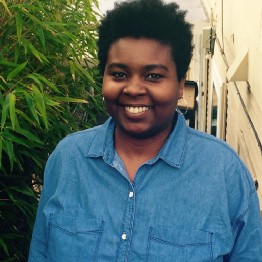
It is the job of those in the environmental movement to join in on this important work of decolonization to break down barriers preventing communities of color from thriving in the environment. My experiences along with other people of color’s experiences highlight what I see as a key to environmental progress — the important work of decolonizing our environment.
As someone who has an environmental graduate degree, I find myself harkening back to a time before the education and before I discovered the othering of my experiences. I long for a time when curiosity, connection, and knowledge were not constrained by the supremacy of dominant westernized environmental views.
Every time I hear someone say that they want to increase the access to the environment or educate communities of color about the environment, it makes me wonder if they truly understand this statement or what this truly entails. I wonder if they understand that access to our natural lands for people of color has never been about choice or due to a lack of education. Our history is rooted in colonization — colonization that meant ripping Indigenous people from their natural lands. Progress is not necessarily about educating these communities; it is about access and repair. White folk that overwhelmingly make up the environmental field need to unlearn the dominant environmental narratives and to acknowledge white supremacy as a continuous barrier for people of color.
Around the world, no land is free from stories of pain and the forcible removal of people from their lands. With pressing issues like climate change, water pollution, and other environmental degradation, there is a growing awareness that diversity within the environmental movement is essential to solving these issues. Yet, oftentimes, steps toward this type of inclusion are done in a way that negates the history of colonization that still shapes communities of color’s relationships with the land, where white supremacy and barriers still exist. Without this historical lens, communities are approached with a savior complex that negates the knowledge and history of these communities. Acting as saviors when approaching communities is not any different than the ideas behind colonization, and it only perpetuates historical tropes. I intend to build upon the work of my ancestors, enslaved and ripped from their land. I will continue to use the access my parents worked hard to give me a generation before to resituate my relationship with the land. The environmental movement needs to join in on this important work of decolonization to break down barriers preventing communities of color from thriving in their environments.
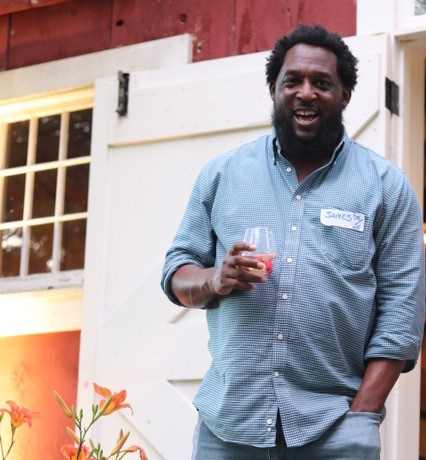
James King
It took me three years to complete a higher education degree. Undergraduate institutions failed me by leaving my history and my Color out of the instruction. I didn’t finish my BA until I went to Antioch U. for my Master’s degree. I thrived in the environmental field by introducing urban youth to environmental issues through outdoor experiences. The Natural Leaders program (Children and Nature Network) elevated my connection with diverse groups of young people who also wanted to be outside and become civic leaders. I was able to bring my Black perspective to the participants in any outdoor event.
My environmental work was mostly based in Atlanta…in the city and beyond. That’s where I found my calling to become an environmental educator…at the base of the famed Stone Mountain, a tribute to the Civil war and White Supremacy. I thought this reminder of our history was an important place to start programs that focused on getting People of Color into Nature. The question that followed me into all of my work was “How do I bring system change to the world that includes a broad scale of perspectives?” I was inspired by John Lewis who told me to always make ‘Good Trouble’. I knew that I would need a higher degree to become an ‘accepted’ leader in this work.
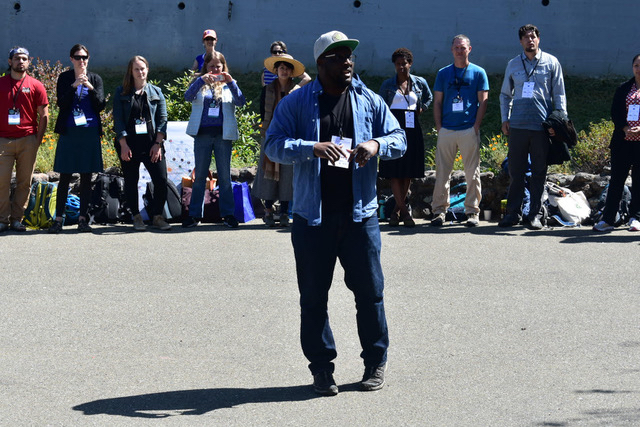 I was recruited by the UEE program in Seattle. The UEE cohort helped me gain the confidence to move into the world as a change-maker and fight for those who deserved to be heard. I’ve learned how to bring everyone to the same table, to listen and be heard, and to be part of the solution. Now, I am officially a qualified environmental educator who is prepared to jump over the hurdles of racism and inequity to work as a community advocate and bring people together for environmental change. The link between social justice and environmental work makes so much sense to me.
I was recruited by the UEE program in Seattle. The UEE cohort helped me gain the confidence to move into the world as a change-maker and fight for those who deserved to be heard. I’ve learned how to bring everyone to the same table, to listen and be heard, and to be part of the solution. Now, I am officially a qualified environmental educator who is prepared to jump over the hurdles of racism and inequity to work as a community advocate and bring people together for environmental change. The link between social justice and environmental work makes so much sense to me.
I recently accepted the position of Executive Director for the Central District Community Preservation and Development Authority (CDCPDA). I work with a historically Black community. It is Black because of ‘red-lining’ which excluded Black people from owning property in certain parts of Seattle. Their environmental issues are connected to this history. To make change happen one has to Know the history of exclusion and how it influences the present. I will help community members apply for grant money, direct money to the right folks, and help them use their funding well. I do a lot of community organizing by being on the street and listening deeply. One of the most important skills I learned in UEE was how to listen, to step back and be quiet but attentive, and when to express concerns. And, more importantly, I learned how to understand my influence as a Black man in those situations and make space for others.
Niesha Fort
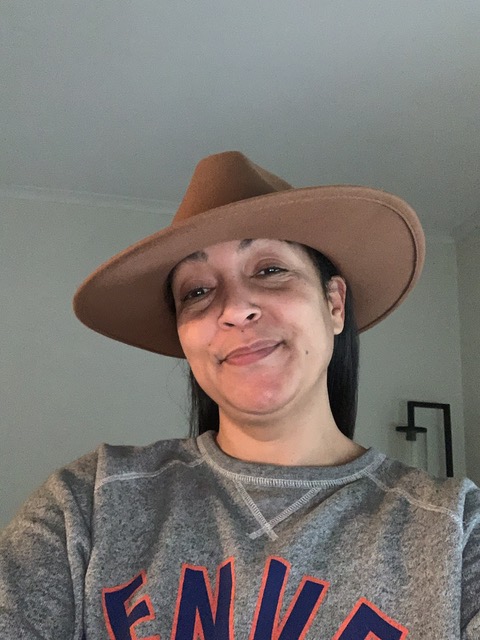
Learning how to recognize systems of power and decision-making was the most essential learning for me. As a Black woman, I had to better understand the maze of systemic racism in order to unwind it and prepare to succeed in overturning inequitable decisions that impact Communities of Color by the mostly White folks in power. Environmental work is all about the health and well-being of communities for me…clean water, access to healthy food, clean air, and places to sit in Nature…like parks, gardens, or intact tree canopy.
The UEE program provided me with essential information and ways of thinking about the built environment, health, and the intersectionality of housing, transportation, planning, and environment. Even though I’m not doing traditional teaching in the classroom like I used to, I am doing it in a different way. I manage the ‘Connectors’ program with the city of Burien and Tukwila. I am working with different ethnic groups to help them better understand the systems and policies that will influence their communities (environment) and to educate them on how city governments work. Instead of the city using them, I want them to understand that they can work in partnership with city governments to make changes for their community. My analogy is that communities should stop playing checkers…and instead play chess.
This is how a community can make change. It is about building relationships and trust. I also work at Global to Local as their Leadership and Engagement Program Manager. We develop community-led programs to improve health and provide resources for communities. Health equity is the goal, we work with health disparities among women, people of color, those in poverty, immigrants, and refugees. The organization looks at the intersection of the built environment, our ecosystem, tree canopy, and individual health as it relates to chronic illnesses and access to care. We consider how those issues intersect with race, income, transportation, housing.
Cindy Thomashow
Seattle


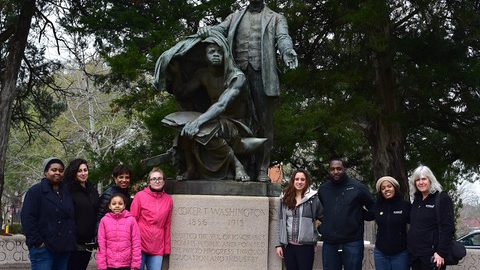
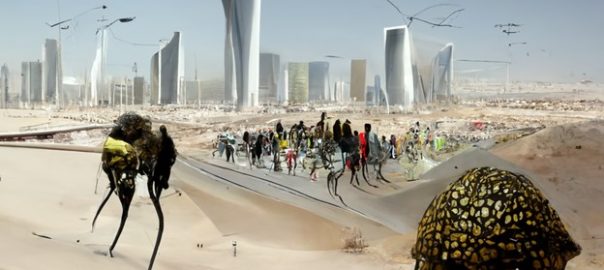
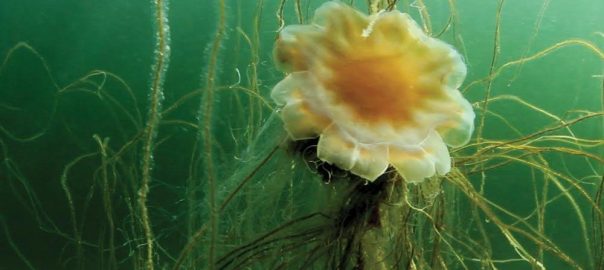
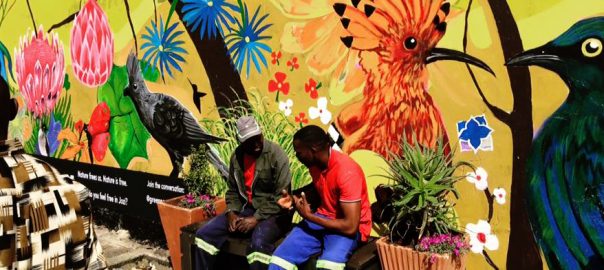
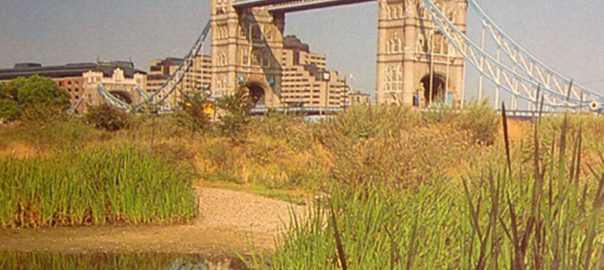
Leave a Reply